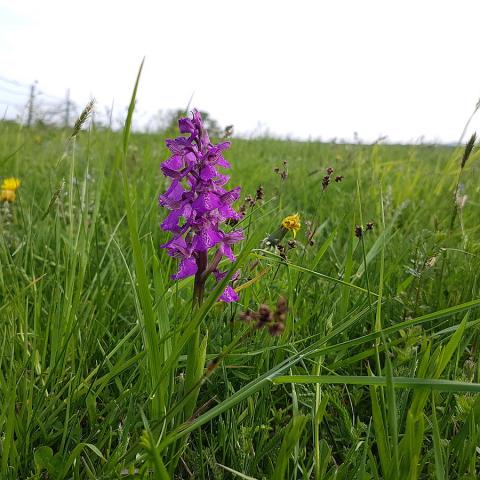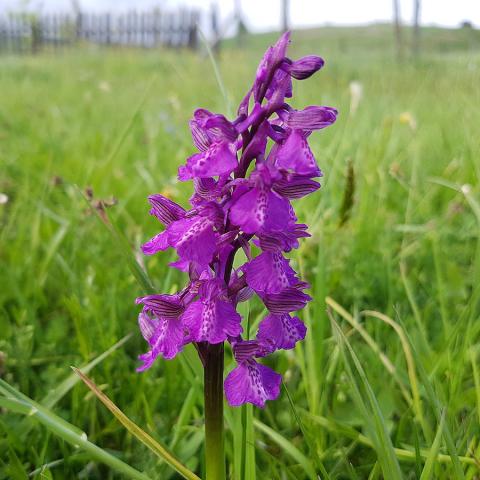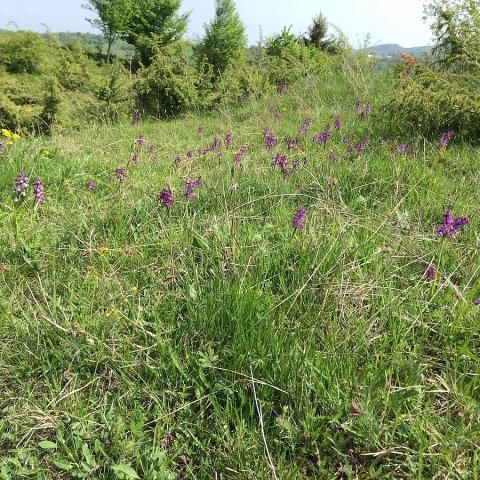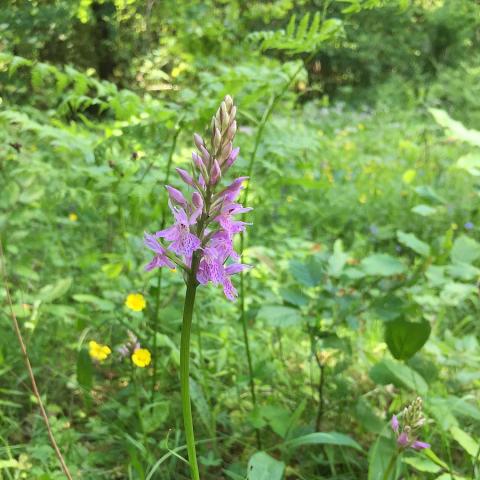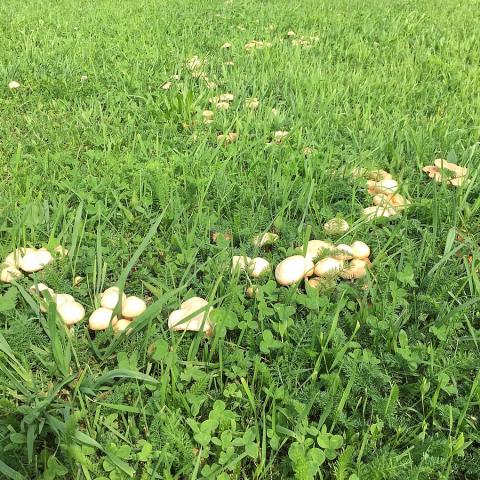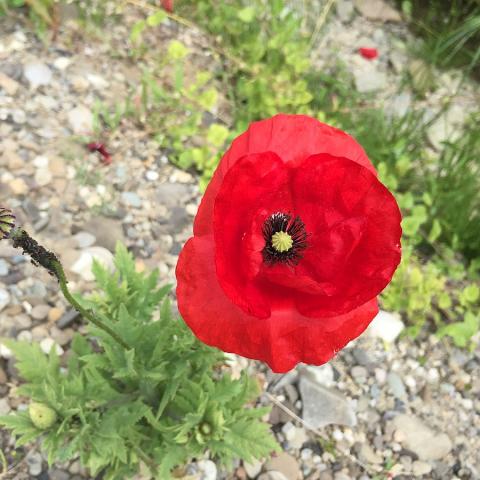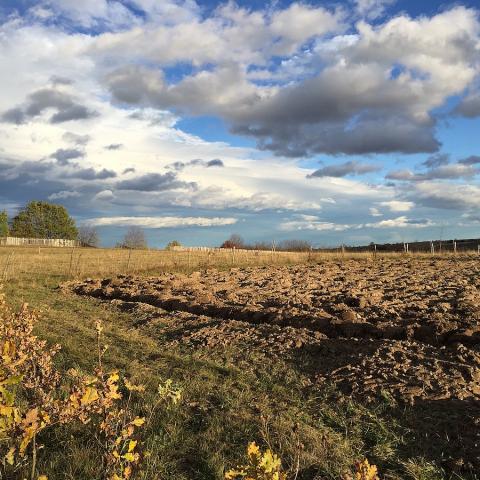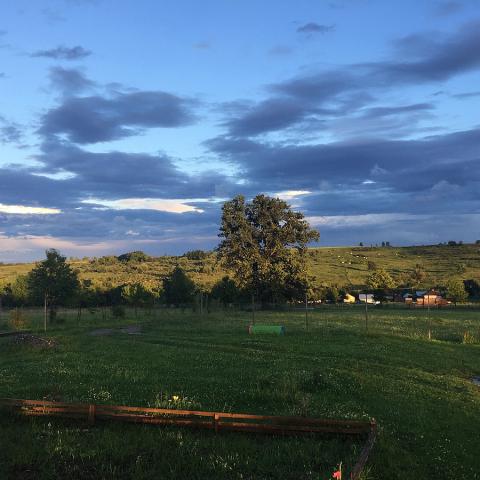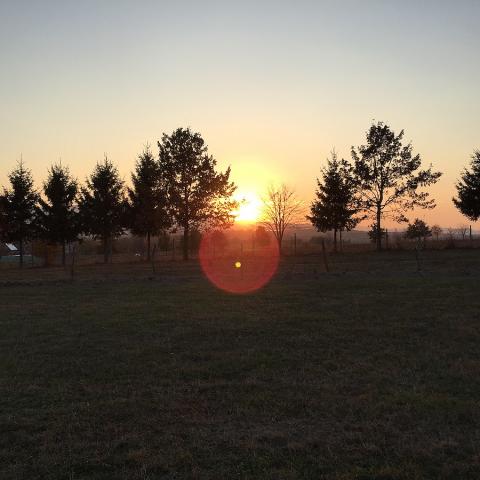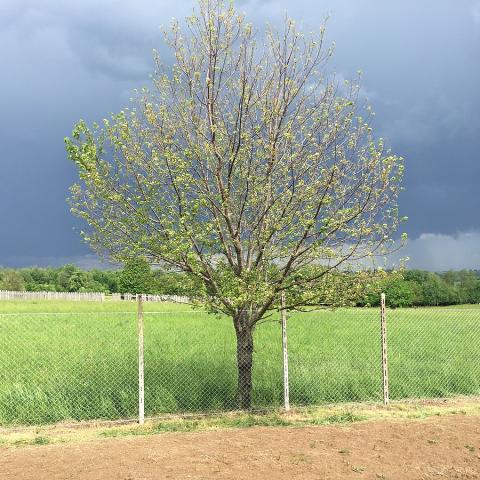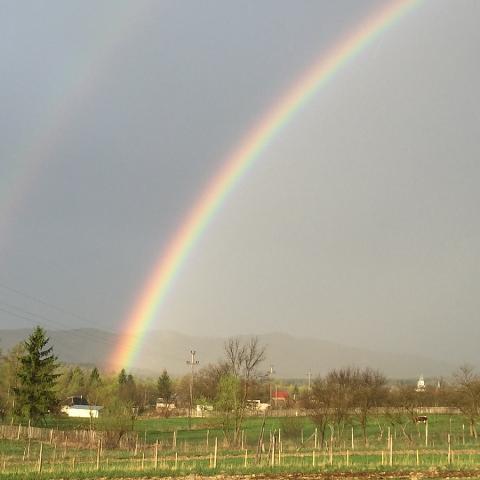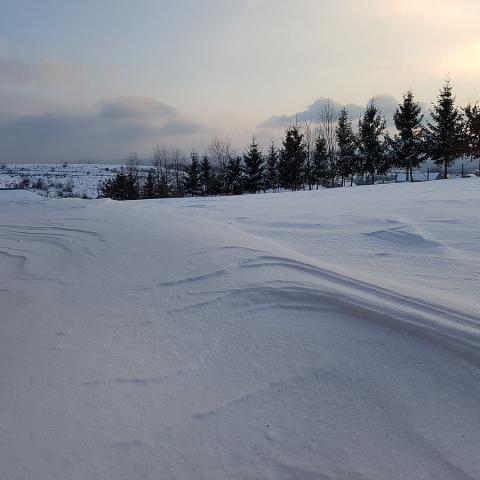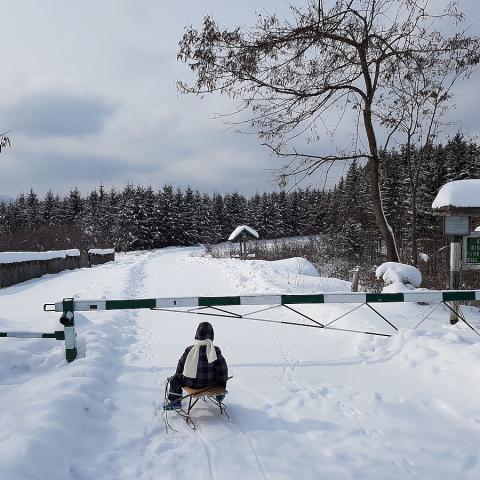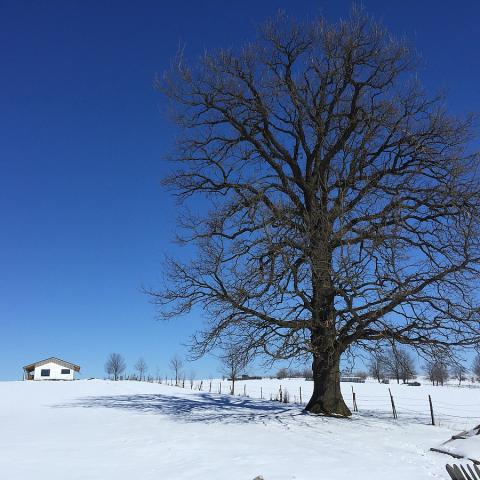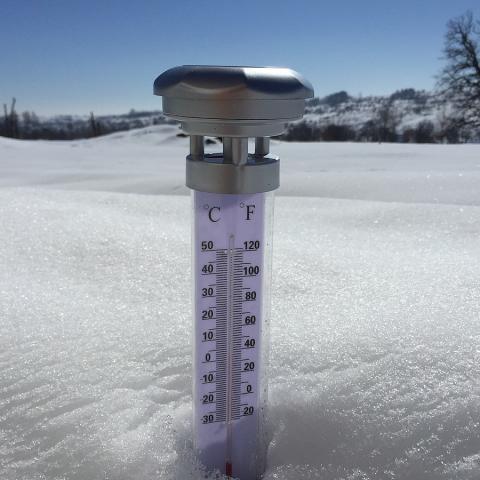Life in the Romanian countryside: Rediscovering nature from our remote village, after 20 years in the city

Soon after moving to the countryside over a year and a half ago, after spending 20 years in Bucharest, I realized how alienated I had become from nature.
In the city, nature is something that happens and we notice it mostly when something annoys us: it rains and it floods the streets, or it snows and everything is blocked. It’s cold or slippery and we cannot go to the places we wanted to. It’s too hot and we feel the asphalt melting and we cannot breathe. That was nature to me in Bucharest, for the most part. Sometimes I would realize all of the sudden what season it was, not knowing when time passed since the last. Trees were in bloom all of the sudden, and then it was summer almost instantly, then it was autumn cold and soon we had muddy snow on the streets. Nature is there in the city, as much as it is allowed to, but most of us don’t see it.
In the countryside, nature just is. I rediscovered seasons, with their signs and small miracles and how seamlessly they come one after another. It was the biggest revelation I had in my first year here, as I had no idea I was so far away from nature, in my heart and mind. I was raised in the countryside, so many things were not – or shouldn't have felt - new to me, but still, it felt like the first time I fully got it, what was happening around me. It was all so… natural and I was part of it, watching and sometimes, being in the middle of it. The photo gallery at the end of this text will give you a glimpse of it. Not a day goes by without a surprising nature discovery for me.
I also decided to be aware of it and try to discover more, and that came rather easily: every time I would go outside, while taking breaks from living and working in the online world, I would see something new: how the grass was taller than a few days ago, how new flowers had bloomed in the field – which led to me to some interesting discoveries, including wild orchids in our backyard and then across the hills and in the forest (opening picture)– the different shades of green in trees and then the many autumn colors changing day by day, many different types of ladybugs in spring, the first signs of garden flowers unearthing their heads towards the sun. The vegetable garden, with its miraculous tiny seeds turning into small plants, then into big plants which, with sun, water and lots of care, yields tasty vegetables. How the hundred - years old oak tree surprisingly grew new leaves long after spring foliage season was over, healing itself from the bug attack it had suffered. A rabbit hopping back and forth across the field in front of our house and double rainbows. Sunrises and sunsets.
It sounds – and is - simple and might seem unimpressive. But for anybody who ever planted anything and then saw these plants coming to life and growing, it’s a heart-filling sentiment, that you worked with nature and helped it take care of you, or that nature simply takes care of it all, one way or the other.
Even the previously – annoying natural phenomena lost most of their annoying side: I watched in awe the blizzards last winter, and how wind played with snow on the field in our front yard. Heard the wind howling around corners and saw the trees bending to its power. Noticed the ice taking over bare tree branches, turning them into magic icy kingdom- sealing and protecting them against frost. Now, it has been raining for weeks; we watch the clouds painting circles around our yard on the hill and see the rain marching towards us like a big water curtain. Plants grow vigorously after each rain, a lot more than after our daily watering sessions in droughty times.
It’s not all easy and for sure not always as poetic as it may sound. While you may see its beauty, you also have to try to tame it and do what’s in your power: protect your garden and orchard, the animals, your house and yard. Sometimes, all you can do is watch. Last year in April, soon after we’ve moved, it snowed heavily and it was very cold for 3 days, all of the sudden. Fruit trees lost most of their flowers and the fruit season was heavily compromised that year. Now, it has been raining too much in June and July; garden plants already suffer from fungus and bacteria, and those who have planted corn see the plants slowly drying up. I wonder what’s coming next.
We’ve had to upgrade our gear to face nature: rain and mud boots are a must for us, and so are long rain capes, and good clothes and shoes to protect against wind and low temperatures. Gone are office clothes and fashion statements (although I have never been much of a fan) – we’ve replaced all these with practical and reliable clothes and shoes. This change was easy to make for us and saves us a lot of time every day. We’re still purging through our old clothes to keep the essential.
We’ve had minus 23 degrees Celsius one night in the beginning of March here, and last winter, it snowed so much! The last time I saw so much snow and enjoyed it for so many days was during my childhood. In Bucharest, it is fun for only 1-2 hours after it snows, after which, muddy snow takes over the streets. I’ve got used to, and even started to enjoy the freezing cold in winter mornings here: there’s nothing like a cup of coffee on the porch, at minus 10 degrees – you wake up instantly and your energy levels go up in preparation for the day ahead.
Sometimes, blizzards or strong wind and rain trigger power outages, so we have a backup generator and power banks, including solar – powered, for our devices. Roads may get temporarily blocked during snow storms – although here, the snow plows come rather quickly and frequently, even to our remote part of the village. Sometimes, like twice a year, mobile telephony networks would not work for up to half a day. We have a backup sim card from a network which works relatively well even when the weather is horrible, so we use it for calls and internet and plan on switching to them full time with one of our subscriptions. We’ve found that not relying on a single solution or supplier, and having backups for everything is the safest bet here.
I’ve already spent all four seasons in the countryside, and as I entered my second year here, I realized how different seasons can be, one year to the other, as nature can be so surprising. The elderly here, who’ve seen it all, are sometimes surprised themselves. Life is never boring in the countryside.
Next time, I will tell you how I make it work business wise while working from this remote village in Northern Romania.
Corina Chirileasa, corina@romania-insider.com
Photos: Corina Chirileasa personal archive
Corina is the founder of Romania-Insider.com and currently the managing partner and a shareholder of our media group, City Compass Media. She has been running the business for the last three years. Previously, she was a journalist for over ten years, five of which at Romania-Insider.com.







